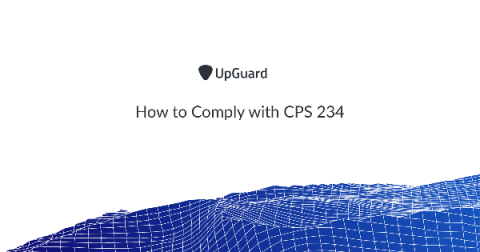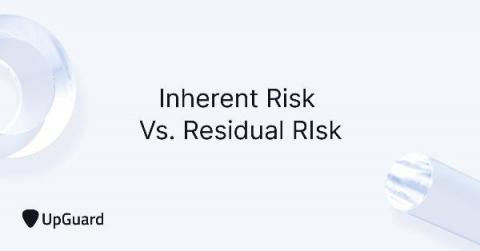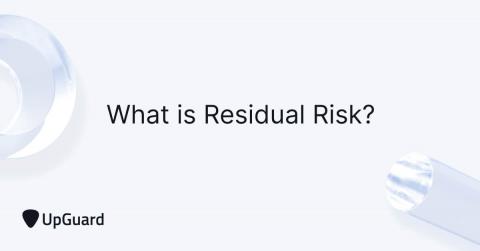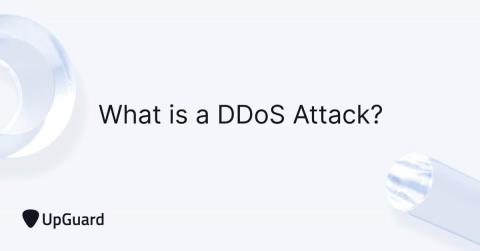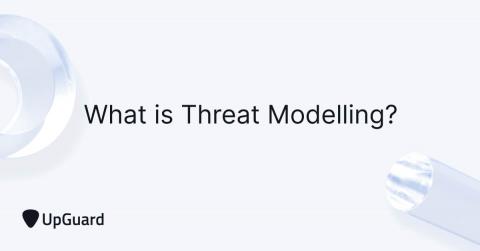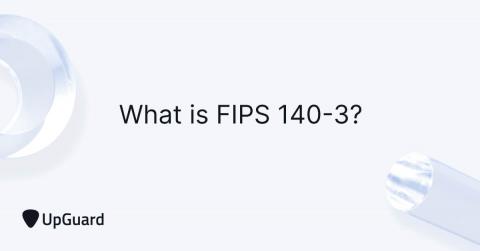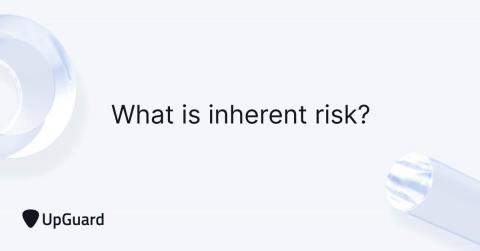How to Comply with CPS 234 (updated for 2021)
Prudential Standard CPS 234 Information Security (CPS 234) is an APRA prudential standard. Australian Prudential Regulation Authority’s (APRA) mission is to establish and enforce prudential standards designed to ensure that, under all reasonable circumstances, financial promises made by its regulated entities are met within a stable, efficient, and competitive financial services sector.


